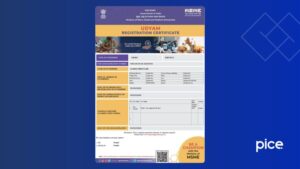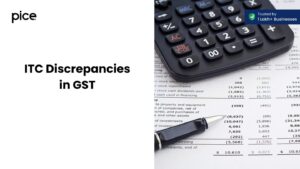Form DRC 25 in GST: Continuation of Recovery Proceedings
- 18 Jul 25
- 6 mins
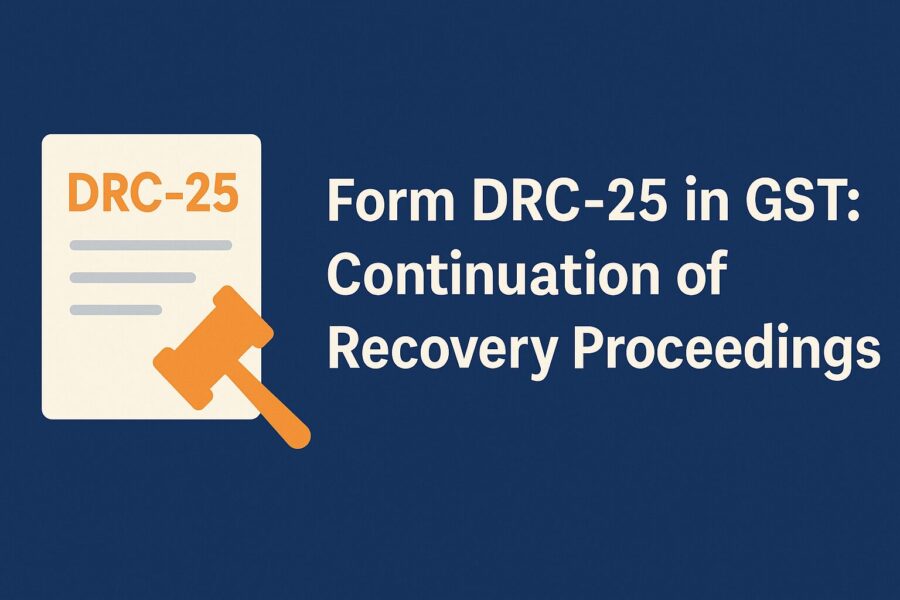
Form DRC 25 in GST: Continuation of Recovery Proceedings
Key Takeaways
- Form DRC-25 allows recovery proceedings to continue seamlessly after an appeal or revision modifies a tax demand.
- Issued under Rule 161 of the CGST Rules, it ensures updated demands are legally communicated to taxpayers.
- It avoids restarting the recovery process, saving time and promoting procedural efficiency.
- The form includes a revised demand table breaking down liabilities across CGST, SGST, IGST, and cess.
- Timely compliance with DRC-25 is crucial to avoid further legal complications or penalties.
The Goods and Services Tax (GST) framework is based on dynamic compliance and enforcement efforts. Among the many tools used by the tax authorities, Demand and Recovery Case (DRC) forms play a pivotal role in ensuring the collection of due tax.
An example of such a document is the form DRC 25 in GST, which specifically states the continuation of recovery proceedings after a modification of the tax demand due to revision or appeal.
This blog explains the structure and operational implications of the form GST DRC-25. This will be useful to give all professionals and business owners clarity on how to deal with the demand and recovery proceedings under GST.
When Do You Receive Form GST DRC-25?
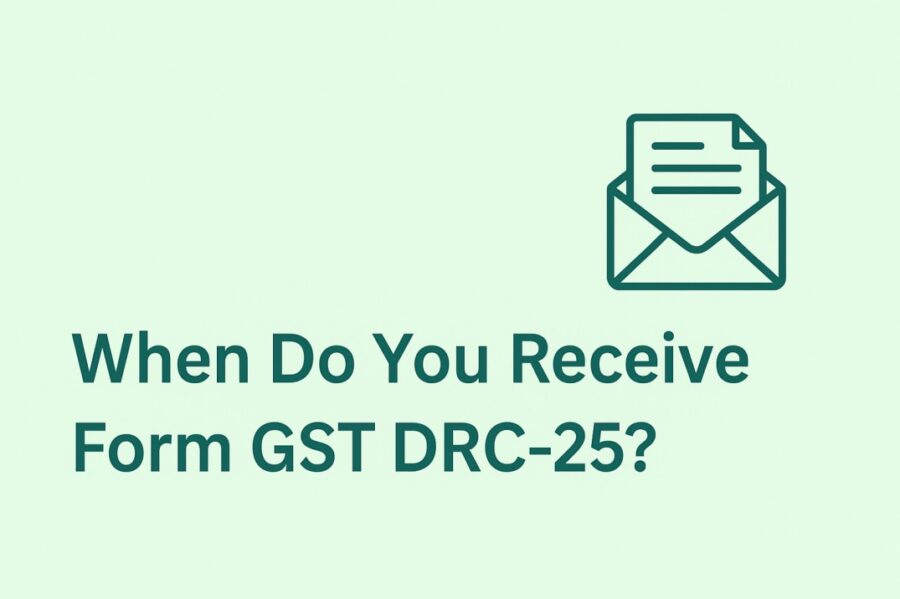
When a taxpayer violates a tax demand under GST, the relevant authorities often escalate this matter to appellate or revisional bodies. Such proceedings can either cause a decrease or an increase in the tax amount that was originally quoted. However, this process of tax recovery does not restart each time a taxpayer needs to revisit their order.
Instead, the GST law provides a mechanism to continue recovery proceedings from the stage they were at before the appeal or revision, ensuring efficiency and legal continuity. This is when you, as a taxpayer, must proceed with DRC 25 in GST.
The Central Goods and Services Tax (CGST) rules enlist Form GST DRC-25 under Rule 161. Its main agenda is to formally communicate a continuation of recovery proceedings, reflecting any changes in the amount due following appellate or revisional orders.
Decoding the legal importance and structure of DRC 25 is crucial to maintaining long-term direct tax compliance and avoiding potential penalties.
Format of DRC 25
The GST law has set a standardised structure for the form GST DRC-25. It instils transparency and simplicity in the recovery process, particularly when an appellate court modifies the amount to be recovered.
Below, you can refer to the GST DRC-25 document’s format and its content:
Section 1: Heading and Reference Particulars
Form DRC 25 in GST starts with a common heading pointing towards Rule 161 of the CGST Act, 2017. Immediately following this, you can see a date of issuance and a unique Reference Number. In the next segment, you find the recipient’s GSTIN, business name, and principal address of the business.
Section 2: Demand and Recovery References
The GST form should show the original Demand Order Number along with the Reference Number to aid tax recovery. Additionally, in the second segment, the form specifies the tax period or other associated information, including the dates of appeal or revision.
Section 3: Body of the Legal Notice
The central part of Form GST DRC-25 declares:
- Initiation of recovery proceedings based on the previous references
- Result of the revision or appeal, i.e., whether the taxpayer needs to pay a reduced or increased GST amount
- Revised demand amount, as instructed by the revisional authority
- Clarification that the recovery will be resumed from the stage at which it stood immediately before the disposal of the appeal or revision
Section 4: Revised Demand Table
This table specifies an accurate breakdown of the new demand across different tax heads. The components are divided into CGST, SGST, IGST and cess. It ensures that a person learns about the revised liability under each tax component.
Section 5: Authentication
Finally, the form DRC 25 in GST concludes with the name, signature and designation of the issuing officer. In the bottom left corner of the notice, you find the place and date, which are important for official record-keeping.
Purpose and Benefits of Form GST DRC-25
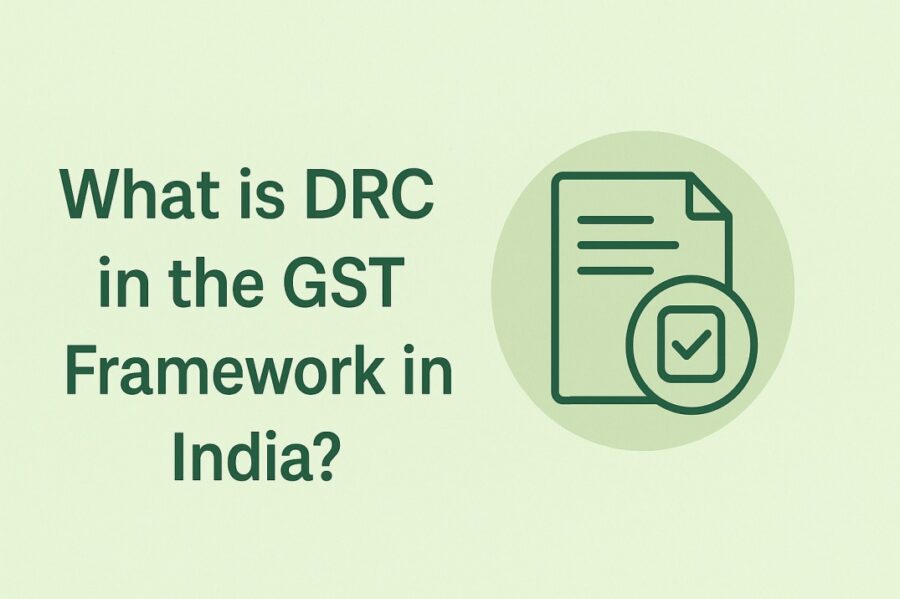
Form GST DRC-25 can be accessed easily via the GST portal. It ensures a streamlined and trackable process for the tax-collecting authorities.
Some benefits of issuing this form are given as follows:
- Increased Efficiency: GST DRC-25 prevents the need to restart recovery proceedings after every appellate or revisional order.
- Enhanced Transparency: The form clearly communicates the revised demand and the status of recovery, reducing ambiguity for taxpayers.
- Legal Compliance: Finally, the document ensures that the recovery process is documented and that taxpayers are given a formal opportunity to respond to the revised demand.
Conclusion
Taxpayers who get a DRC-25 in GST must adhere to the revised demand guidelines or challenge them further if grounds exist. One can access the form easily through the official GST portal. Thus, the authorities expect a timely response from disputed taxpayers.
Failure to respond or comply within the stipulated timeline can result in additional penalties or legal consequences.
💡If you want to streamline your invoices and make payments via credit or debit card or UPI, consider using the PICE App. Explore the PICE App today and take your business to new heights.
 By
By 





